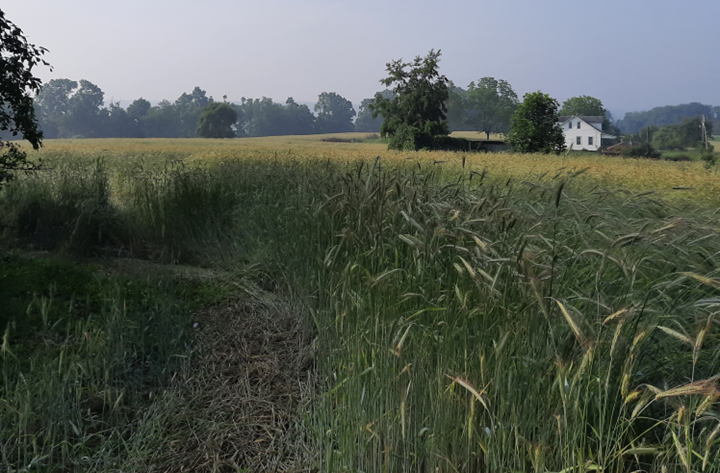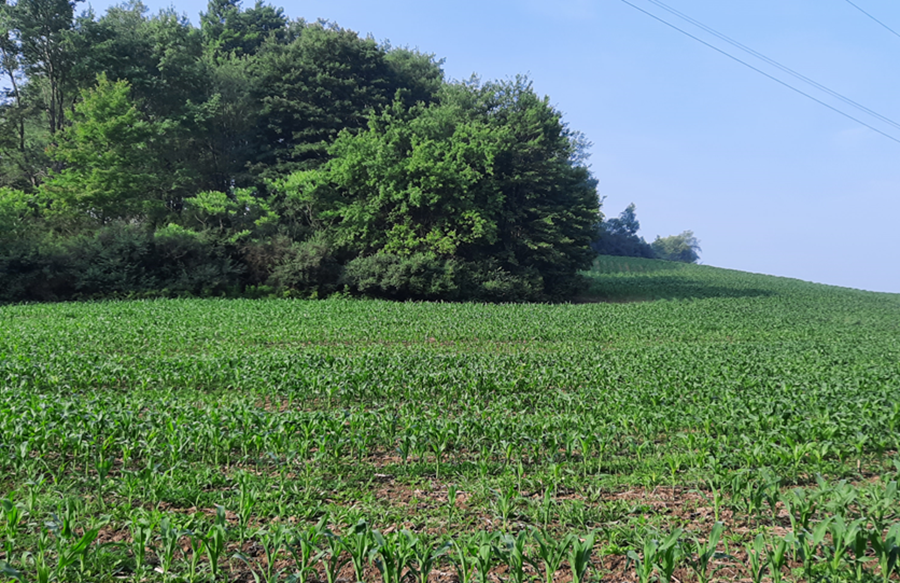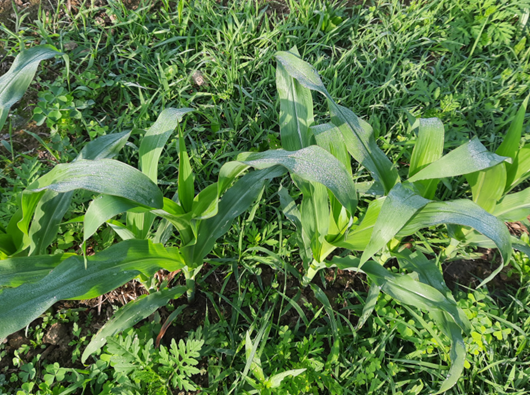No-Till Planting
No-till is revolutionizing farming worldwide. In the United States, more than 60 million acres, or 23% of the total, were planted no-till in 2004, compared to 38.9 million in 1994. No-till is practiced by grain, dairy, hog, poultry, and vegetable farmers. Farmers with large and small operations are accepting no-till as a beneficial cropping system. Growers adapt no-till to increase their efficiency and profitability, and to improve their environmental stewardship.
What Are The Benefits?
Increased Efficiency
Eliminating tillage allows farmers to plant their crops in a more timely fashion. The time savings comes at a busy time of the year when the opportunity cost of labor is high. In addition, farmers can frequently combine individual contour strips or other small fields when practicing continuous no-till systems while maintaining excellent erosion control. The benefits of increased planting, spraying, and harvesting efficiency and reduced yield losses from field edges lead to greater efficiency.
Increased Profit
No-till is more profitable than tillage systems, even if yields are the same because costs are reduced. First, tillage equipment and its maintenance are eliminated. Typically, the no-till grain farmer needs only a planter (and/or drill), a sprayer, and a combine for field crop production. Second, fuel costs are reduced, as well as tractor horse power requirements. Third, labor costs are reduced. In some cases, no-till allows farmers to grow more corn in their corn/hay rotation while continuing to maintain excellent erosion control. There are also added costs to no-till, such as a burndown herbicide application. However, the additional costs are small compared to the savings. No-till farmers also experience greater profits because they can manage more acres than a tillage farmer.
Improved Environmental Stewardship
No-till is an environmental best-management practice because soil erosion and runoff are dramatically reduced and water infiltration, soil organic matter content, and soil biological activity are increased. Whereas, the expansion of no-till is impressive, most American farmers still till their soil. In Pennsylvania, 75% of annual crops are still planted with tillage. However, there is a new interest in no-till, among producers as well as policy makers and the general public. Every year there are farmers who convert part or all of their planted acres from tillage to no-till. The use of the term no-till, refers to a long-term cropping system with maximum residue cover and essentially no soil disturbance. Tillage can only be used very sparingly and should do minimal disturbance to residue cover and the soil profile. Generally, this tillage is accomplished using specialized equipment designed specifically to be used in no-till planting systems for the following purposes: injection or shallow incorporation of manure, establishment of cover crops or to address specific compaction concerns.




Click on the cover page to open the brochure